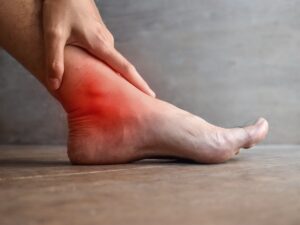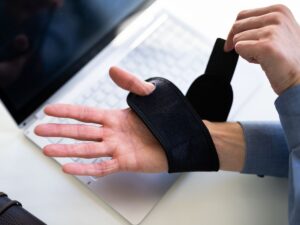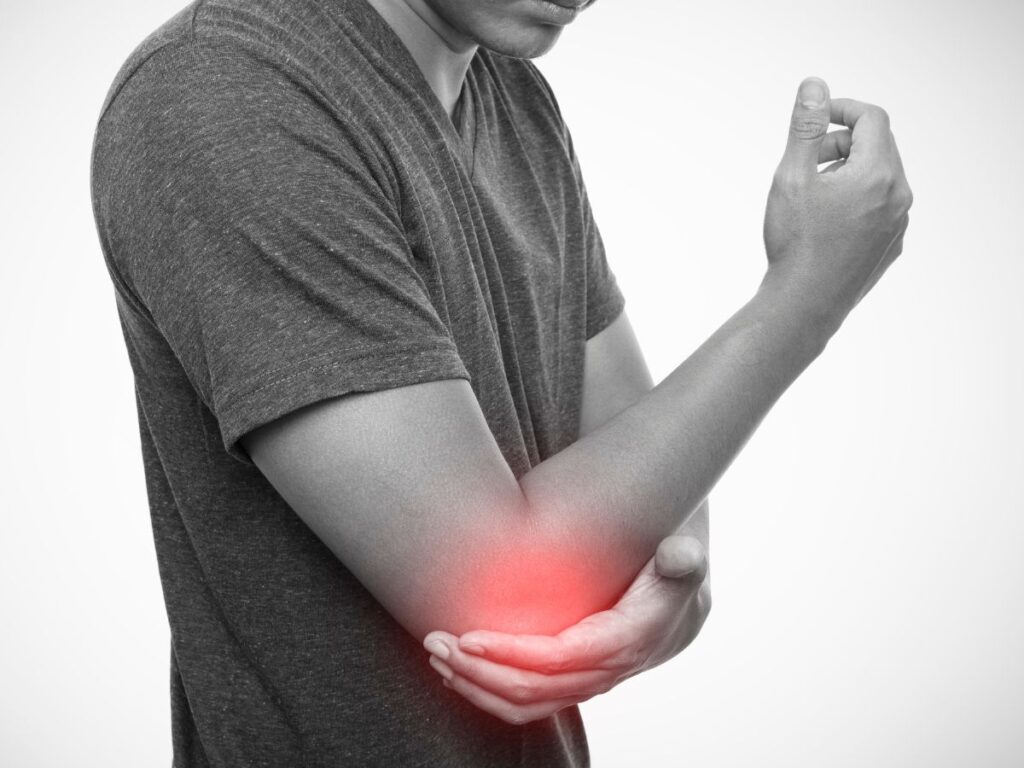Understanding Chronic Lower Back Pain
Lower back pain is among the most common musculoskeletal complaints, affecting millions of adults globally. Because the lumbar region supports a significant portion of the body’s weight, it is prone to strain, injury, and degenerative changes. Pain can range from mild stiffness to severe discomfort that hinders everyday tasks such as walking, bending, or even sleeping. When pain persists for weeks or months beyond the typical healing period, it’s often classified as chronic and may demand a more comprehensive approach. By recognizing the underlying sources—like poor posture, muscle imbalances, or disc issues—you can pursue targeted therapies that address both immediate symptoms and long-term prevention. Relying on over-the-counter medication alone may provide short-term relief, but combining physical interventions, ergonomic strategies, and stress management generally produces better, more sustainable outcomes. If you’re experiencing persistent low back pain, consider exploring Lower Back Pain Relief Solutions to learn how a multi-pronged plan can help restore mobility and reduce discomfort.
Primary Contributors to Lower Back Discomfort
Common causes of lower back pain include muscle strains from improper lifting techniques, repetitive motions, or sudden twisting movements. Sedentary lifestyles also factor in, as prolonged sitting weakens key support muscles and tightens hip flexors. Degenerative conditions such as osteoarthritis and herniated discs can exacerbate pain by placing pressure on spinal nerves. In many cases, a combination of poor posture and muscle imbalances sets the stage for chronic pain. Emotional stress can worsen physical tension in the lower back, creating a cyclical pattern where anxiety intensifies discomfort, and pain heightens stress. Identifying your unique triggers—whether it’s an old injury, a lack of exercise, or job-related strain—makes it easier to tailor an effective treatment plan.
How Poor Posture Affects the Lumbar Region
Slouching, leaning to one side, or maintaining a forward-leaning head position for hours places continuous stress on spinal discs and soft tissues in the lower back. Over time, these habits can weaken the core and overstretch the supporting ligaments, leading to instability. Muscle spasms are common when the body tries to compensate for improper alignment, often resulting in sharp pain or persistent aches. Rectifying posture issues isn’t merely about sitting or standing up straight—it also involves retraining the muscles to hold the spine in a neutral, balanced position. Simple changes, like adjusting the chair height, placing the computer monitor at eye level, and taking regular standing breaks, can substantially relieve stress on the lumbar spine.
Noninvasive Therapies and Self-Care
Conservative treatments typically serve as the first line of defense. Hot and cold therapy, for instance, helps relax muscles and reduce inflammation, especially when applied immediately after a strain. Over-the-counter anti-inflammatory medications or topical analgesics can offer short-term relief and enable you to stay active. However, it’s crucial to address the underlying reasons for pain—like muscle weakness or poor biomechanics—instead of relying solely on symptom-focused solutions. Stretching and strengthening routines can target tight hamstrings, stiff hip flexors, and weak abdominal muscles, all of which play a role in spinal support. Even gentle activities such as walking or swimming can increase blood flow to fatigued tissues, enhancing recovery while lowering the risk of further injury. To explore a structured routine, consult Lower Back Pain Relief Solutions for recommendations on simple exercises and daily adjustments that foster better spine health.
The Role of Chiropractic Care
Chiropractors specialize in diagnosing and treating musculoskeletal issues, particularly those related to spinal alignment. By performing manual adjustments or using instruments that align the vertebrae, experts like Dr. Elham strive to reduce nerve impingement, improve range of motion, and alleviate muscle tension. For lower back pain, these treatments may offer quicker, more noticeable relief, especially when combined with at-home exercises. A chiropractic care plan often includes postural corrections, ergonomic suggestions, and rehabilitative guidance aimed at long-term stability. Patients benefit from having a dedicated professional track progress, make necessary adjustments, and modify the treatment plan as their condition evolves. The goal is not just immediate pain relief but a lasting restoration of function that prevents recurrence.
Physical Therapy Approaches
A licensed physical therapist can provide a tailored exercise regimen focused on core stabilization, lower-body flexibility, and correct movement patterns. Techniques such as manual therapy, myofascial release, and therapeutic ultrasound can further aid in reducing inflammation and increasing mobility. Over time, patients often see reduced pain, improved posture, and greater confidence in daily activities. Additionally, physical therapists frequently evaluate your home and work environments, identifying modifications that minimize strain on the lumbar spine. This kind of full-spectrum approach can expedite recovery, as it tackles the immediate pain while teaching strategies to avoid future injuries. Many physical therapy protocols work seamlessly with chiropractic adjustments or other treatments, fostering a well-rounded route to healing.
Targeted Exercise and Strength Training
Exercise regimens for lower back relief emphasize strengthening the core, improving hip flexibility, and maintaining good spinal alignment. Examples include:
- Bridges: Lie on your back, knees bent, feet on the ground, and lift your hips upward. This move targets the glutes and supports spinal stability.
- Bird Dog: From a hands-and-knees position, extend one arm forward and the opposite leg backward, engaging the core to keep the spine neutral.
- Modified Planks: Whether performed on the knees or toes, planks encourage a strong core and stable lower back.
- Hip Flexor Stretches: Kneel on one knee and gently push the hips forward, stretching the front of the hip. Tight hip flexors can pull on the lower spine, contributing to discomfort.
Performing these exercises consistently and with proper form is crucial. Start with low repetition counts or reduced intensity, and gradually increase as your strength improves. Pairing consistent workouts with day-to-day posture awareness significantly bolsters pain management.
Mind-Body Techniques for Pain Reduction
Chronic lower back pain often intersects with emotional well-being, making mind-body practices a valuable addition. Techniques like yoga can gently stretch and strengthen critical muscles, providing dual benefits of relaxation and improved flexibility. Deep breathing exercises and meditation help calm the nervous system, reducing muscle tension exacerbated by stress. Over time, these holistic approaches can lower the perceived intensity of pain, break the cycle of chronic tension, and support mental resilience. While they won’t address severe structural problems by themselves, combining mind-body strategies with physical treatments can create a synergy that fosters deeper, more sustained relief.
Ergonomics and Daily Habits
Beyond structured therapy, everyday routines heavily influence lower back health. Subtle tweaks—such as standing more frequently if you have a desk job or storing frequently used items at waist level—help maintain spinal alignment. Investing in an ergonomic chair with lumbar support can prevent slouching, while a sit-stand desk setup alternates the load on the spine throughout the day. When picking items off the floor, bend at the knees and keep your back straight, engaging the leg muscles rather than rounding the spine. Sleeping positions also matter; many benefit from placing a pillow beneath the knees when lying on their back or between the knees when lying on the side, preserving the spine’s natural curve. By weaving these practical measures into your lifestyle, you effectively minimize cumulative strain and reduce frequent pain flares.
Interventional Procedures and Pain Management
In cases where conservative methods don’t suffice, more direct interventions may be necessary. Epidural steroid injections deliver anti-inflammatory medication near the affected nerves, potentially offering weeks or months of relief. Facet joint injections or nerve blocks aim to reduce pain signals originating from specific spinal structures. Radiofrequency ablation employs heat to deactivate nerves transmitting pain. Although these techniques can substantially alleviate symptoms, they aren’t permanent fixes. Most patients see the best results when interventional procedures are part of a broader plan that includes exercise, posture refinement, and possibly chiropractic or physical therapy sessions. Regular follow-ups ensure that any relief gained continues to support longer-term functional improvements.
Surgical Options in Severe Cases
For severe or debilitating lower back issues—especially when accompanied by nerve compression, loss of bladder control, or significant structural deformities—surgery might be considered. Common procedures include discectomy to remove herniated disc material, laminectomy to decompress spinal nerves, or spinal fusion to stabilize the vertebrae. Surgical interventions aim to correct underlying anatomical problems rather than merely mask pain. While some individuals experience marked improvement, recovery times can vary, and surgery carries inherent risks such as infection, blood clots, or complications from anesthesia. Proper patient selection and thorough pre-surgical evaluations are vital. Rehabilitative programs post-surgery help ensure the newly stabilized or corrected spine remains strong and less prone to future issues.
Coordinated Care for Best Outcomes
Lower back pain often requires a multifaceted approach, blending the expertise of physicians, chiropractors, physical therapists, and mental health professionals. A team-based strategy ensures all contributing factors—mechanical imbalances, lifestyle choices, and psychological components—are addressed. Communication between providers allows for a cohesive plan that reduces redundancy, prevents conflicting advice, and supports continuous progress monitoring. This comprehensive model is especially helpful for those with chronic or recurring back issues, as each professional brings a unique perspective. Consider regularly updating your team about new symptoms, improvements, or setbacks so they can adjust exercises, manual therapies, or stress-management techniques accordingly.
Long-Term Management and Prevention
Once initial pain subsides, developing proactive habits is essential to stay pain-free. Regularly scheduled spinal adjustments or physical therapy “check-ups” can catch early signs of misalignment or muscle imbalance before they escalate. Consistent exercise—focusing on core strength, hip flexibility, and general cardiovascular health—remains one of the most effective shields against recurrent episodes. Watching your weight, staying hydrated, and eating a balanced diet can also alleviate strain on the lumbar region. Reinforcing positive mental health practices helps mitigate stress-related tension that often settles in the lower back. By making these preventative measures part of your routine, you can gradually minimize dependence on pain medications or invasive procedures. For a structured resource on advanced healing techniques and lifestyle tips, turn to Lower Back Pain Relief Solutions for ongoing guidance that caters to your individual circumstances.

















